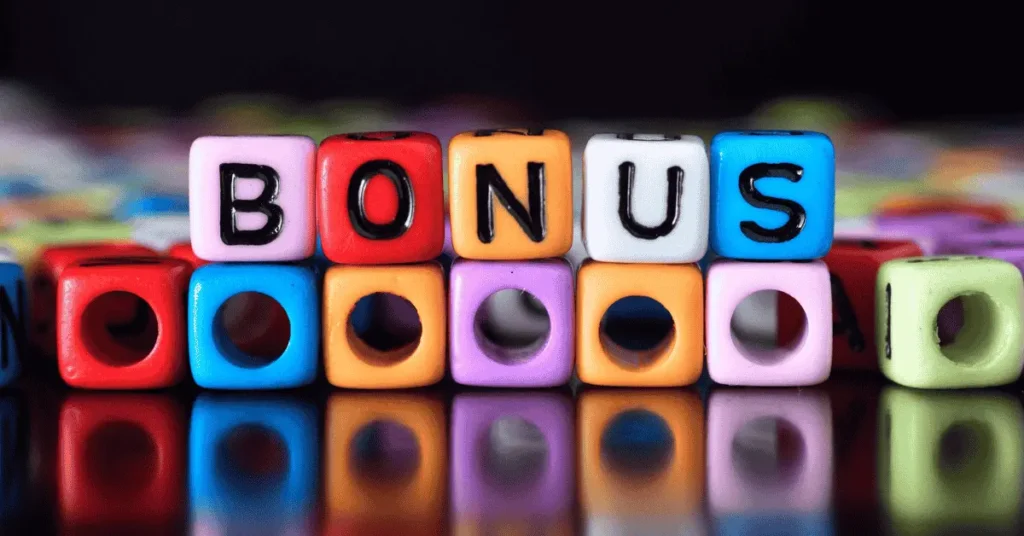In the realm of dice games, especially those played for high stakes, the notion that outcomes are purely a matter of chance is often challenged by those who dedicate themselves to the craft. While true deterministic control over dice rolls is a subject of much debate and scientific scrutiny, a dedicated community of players believes that specific professional rolling techniques can subtly influence outcomes, nudging probabilities ever so slightly in their favor. This pursuit of dice mastery transforms the game from a simple gamble into a physical skill, akin to a precision sport.
This article delves into the intriguing world of advanced dice techniques, exploring methods that go beyond casual play and examining the strategies employed by those who aim for maximum profit potential in high-stakes environments.
The Art of the Controlled Roll
The concept of a “controlled roll” lies at the heart of many professional dice techniques. Unlike a chaotic toss, a controlled roll aims for a highly consistent and repeatable release of the dice. Proponents believe that by minimizing variables in the throw, such as the initial grip, the force of the toss, and the angle of release, they can reduce the randomness of the bounce and rotation.
The goal is often to make the dice hit the table in a precise manner, perhaps landing softly just before the back wall to minimize chaotic rebound, and maintain a desired axis of rotation. While perfectly controlling every variable is impossible, the aspiration is to achieve enough consistency to slightly alter the long-term odds, shifting them, even marginally, from the house’s favor.
Key Elements of a Precision Throw
Achieving a consistent, controlled roll involves meticulous attention to several key elements. The dice set, or how the dice are arranged in the hand before the throw, is fundamental, with players often choosing specific arrangements (e.g., “3V” or “sixes on top”) to increase the likelihood of desired outcomes.
The grip must be firm yet not overly tight, allowing for a smooth release, and consistent hand moisture is also considered by some. The launch angle and force of the toss are crucial for ensuring the dice travel the correct distance and hit the table in the intended spot, often aiming for a gentle impact near the back wall that is required in many regulated games. Each of these elements is practiced rigorously to develop muscle memory and repeatability.
Advanced Strategies for High Stakes
Beyond the physical mechanics of rolling, professional players often integrate sophisticated strategies that complement their rolling techniques. These strategies are designed to maximize potential profits and manage risk in high-stakes environments.
Strategic Dice Setting
Strategic dice setting is a primary component of advanced dice play, preceding the actual throw. This involves arranging the dice in your hand in a specific configuration that favors certain outcomes. For example, in a game like craps, a shooter might set the dice to show combinations less likely to produce a “seven” (the most frequent losing roll once a point is established), or to maximize the chances of rolling desired point numbers (like 6s or 8s).
While critics argue the impact is negligible due to the randomness induced by the table’s back wall, dedicated practitioners spend countless hours perfecting these sets, believing that even a tiny statistical edge, compounded over thousands of rolls, can become significant.
Optimizing Landing Zones and Back Wall Impact
Another advanced technique focuses on precisely optimizing the landing zone for the dice and controlling their impact with the back wall of the table. In games like craps, the dice are typically required to hit the back wall, which is often textured with pyramids or other patterns designed to randomize the roll.
Professional rollers aim for a soft, gentle kiss of the wall, hoping to minimize the chaotic bounce and allow their pre-set dice to maintain their axis of rotation as much as possible. Identifying and consistently hitting a particular landing spot on the table, often just in front of the wall, is a skill honed through extensive practice, all with the goal of reducing unpredictable tumbles.
Practice, Discipline, and Risk Management
The path to potentially influencing dice outcomes, even subtly, is paved with relentless practice and unwavering discipline. It’s a journey that demands more than just physical skill; it requires a deep understanding of probability and stringent risk management.
The Importance of Consistent Practice
For anyone aspiring to develop professional rolling techniques, consistent practice is non-negotiable. This often involves thousands of throws on a practice rig or a simulated table, meticulously repeating the grip, set, toss, and release. The goal is to build deep muscle memory, allowing the entire sequence to become as consistent as possible, almost an unconscious action.
This rigorous training aims to minimize human error and variance, giving the player the best possible chance to execute their controlled throw consistently. Without this dedication, any theoretical advantage quickly dissipates due to inconsistent execution.
Integrating with Smart Betting Strategies
Even with perfected rolling techniques, no professional player relies solely on dice control. These physical skills are always integrated with smart betting strategies and robust bankroll management. Knowing which bets offer the best odds, understanding when to increase or decrease wagers, and strictly adhering to win/loss limits are crucial.
A controlled roll might slightly shift probabilities, but it doesn’t eliminate randomness entirely. Therefore, combining an optimized throw with intelligent wagering and disciplined financial management is the true hallmark of a high-stakes professional player, ensuring that any statistical edge gained is protected and leveraged for long-term profit potential.
Don’t miss:



